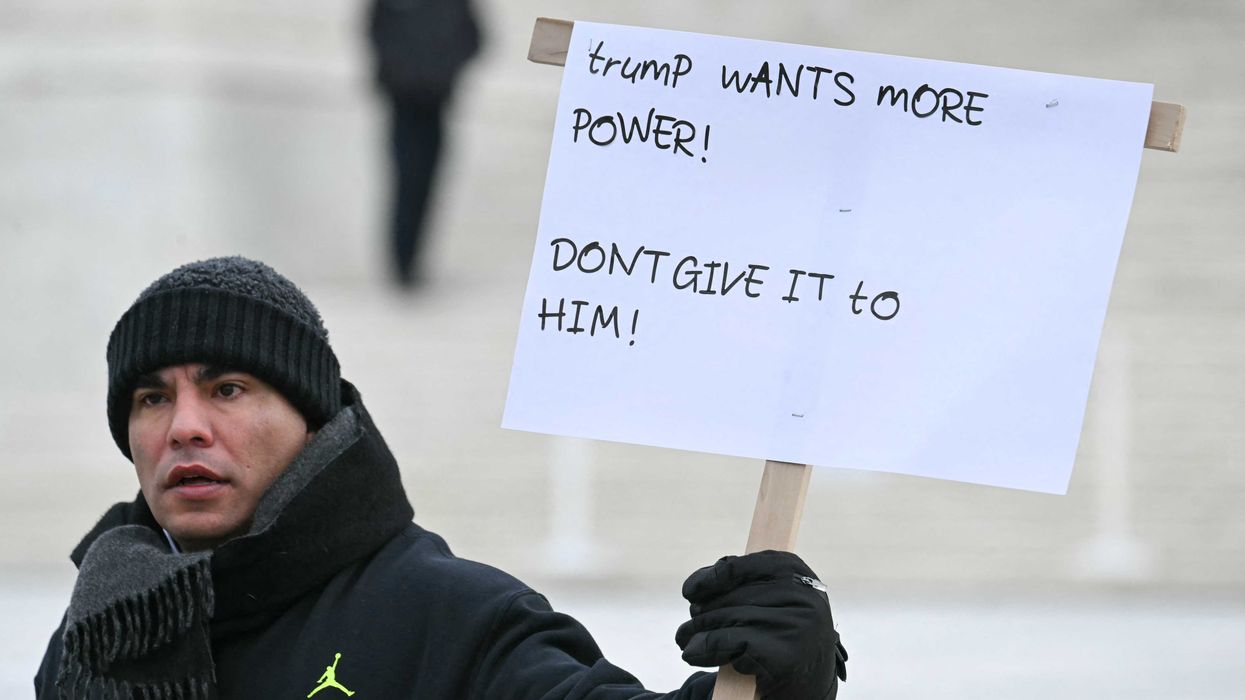The history of taxation in American has a long and infamous history. Since the imposition of the very first tax --- The Navigation Tax of 1651 --- taxes have been wildly unpopular in America. When the Constitution was written and ratified, the only taxes allowed were to pay the debt and provide for the common defense and general welfare. At times, taxation was implemented during wars to fund the government and the war effort, with no intention of becoming permanent. However, since 1913, the United States of America has adhered to a communist plank second only to the abolition of all private property: a progressive or graduated income tax.
What purpose does an income tax serve? In our four-part series on taxes, we'll explore its history in America and how a tax once promised to never climb above seven percent has, at times, ballooned to 77 percent at the hands of an out-of-control government.
Part IV: The 2016 Candidates
Proponents of high income taxes have long had one undeniable problem: The facts are not on their side. When taxes go up, revenues go down. However, the answer to that problem for high taxation advocates is simple --- ignore it. Instead, they change the argument and focus on fairness, playing on Americans' emotions and inciting class envy.
During the 2008 presidential campaign, Barack Obama discussed why he would raise capital gains taxes despite evidence it would lower revenues. His answer? It boils down to a matter of "fairness."
So how is it fair that the top one percent of wage earners in America today --- who bring home only 18 percent of U.S. income --- pay 35 percent of all federal income tax? The bottom 47 percent of wage earners pay zero income tax. The current rate on Americans' top income bracket is 40 percent, yet somehow the class warfare rhetoric continues unabated.
America faces a choice. Bernie Sanders' plan is to raise taxes by "a damn lot" and redistribute the wealth. As a result of his plan to institute so many socialist policies, like free college education for everyone, he will have to raise taxes across the board. For the wealthiest, some speculate his references to the 90 percent rate under Eisenhower is the figure he has in mind.
Hillary Clinton's plan is also to raise taxes on the wealthy and redistribute the wealth.
Donald Trump's plan is to raise taxes on the wealthy and redistribute the wealth.
Ted Cruz's plan is to cut taxes for everyone, institute a flat 10 percent tax --- with taxpayers under $50,000 paying zero --- and eliminate the IRS. The Nonpartisan Tax Foundation estimates it would produce 4.9 million new jobs, increase capital investments and increase after-tax income of every single income group in America by double digits, at least 14 percent.
As Americans finalize their taxes for 2015 and go to the polls during the primary season and the general election, they are confronted with a clear choice, perhaps the clearest choice in American history. Does America become more like Denmark and Sweden or go back to being more like the United States of America?
Listen to the Full Series on Taxes

 JIM WATSON / Contributor | Getty Images
JIM WATSON / Contributor | Getty Images
 Joe Raedle / Staff | Getty Images
Joe Raedle / Staff | Getty Images AASHISH KIPHAYET / Contributor | Getty Images
AASHISH KIPHAYET / Contributor | Getty Images Harold M. Lambert / Contributor | Getty Images
Harold M. Lambert / Contributor | Getty Images